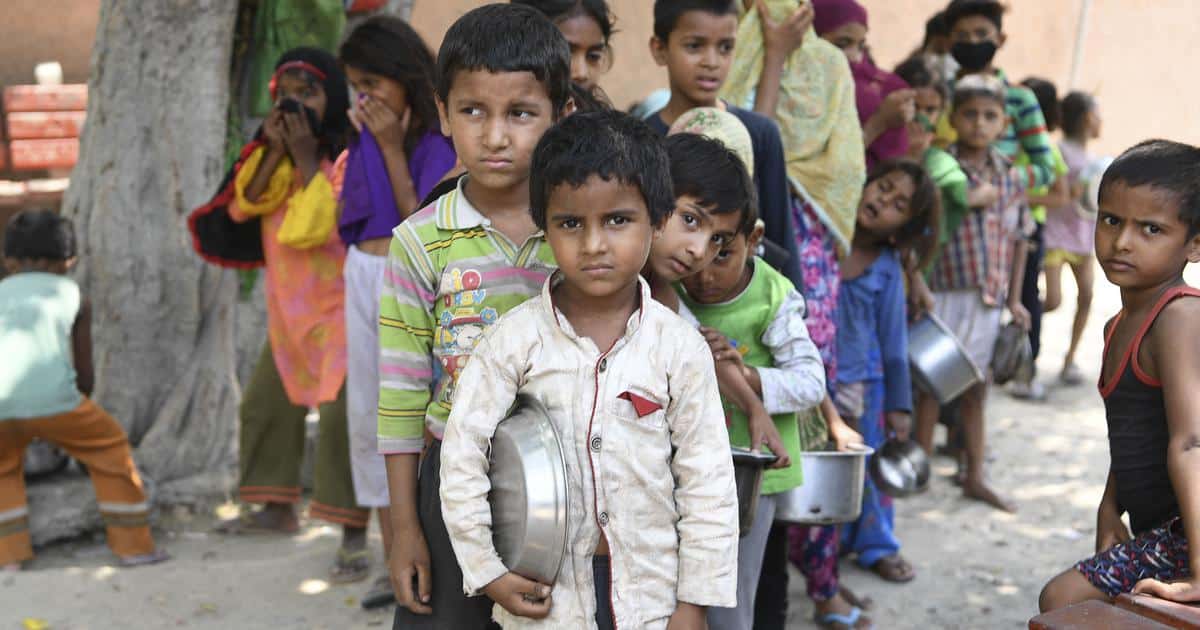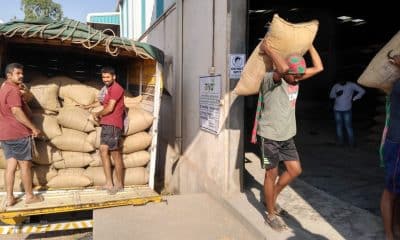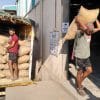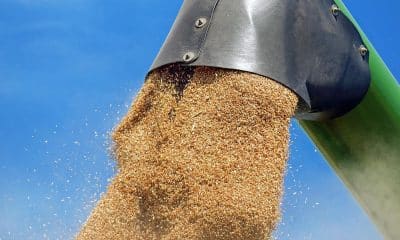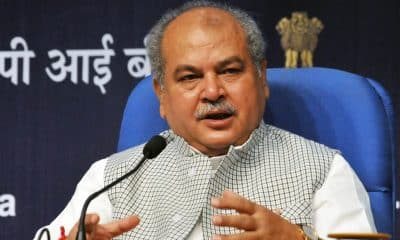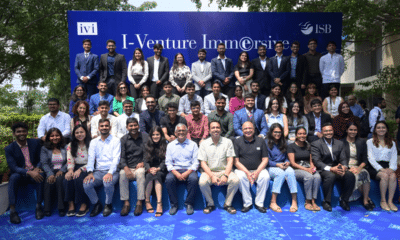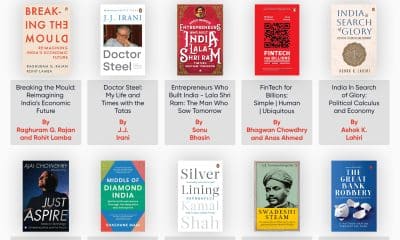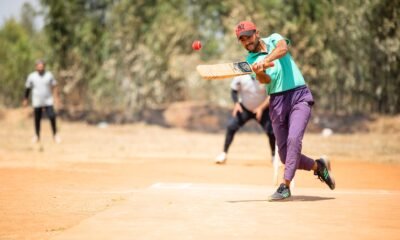News
India’s Food Surplus Claim vs. Its Malnutrition Reality
In his address at the 32nd International Conference of Agricultural Economists (ICAE), Prime Minister Narendra Modi emphasized India’s status as a food surplus nation and highlighted its efforts towards contributing to global food and nutritional security. According to him, the Union Budget 2024-25 has significantly supported sustainable and climate-resilient farming, developing a robust ecosystem to aid Indian farmers. However, a closer examination of India’s malnutrition crisis reveals a stark contrast to these claims.
The Grim Picture of Malnutrition in India
Despite the government’s assertions, a report by the Ministry of Women and Child Development (WCD) presents a troubling scenario. Data from the Poshan Tracker for June shows that out of approximately 8.57 crore children under six years of age, 17% are underweight, 36% are stunted, and 6% are wasted. These figures indicate a severe malnutrition crisis affecting a significant portion of the young population.
- Stunted Growth: This condition, characterized by children being too short for their age, affects 36% of children under five. It is an indicator of chronic malnutrition, often resulting from prolonged periods of inadequate nutrition.
- Wasting: Affecting 6% of children, this condition indicates acute malnutrition, where children are too thin for their height due to recent and severe weight loss, often caused by insufficient food intake or illness.
- Underweight: This condition, where children have low weight for their age, affects 17% of the under-six population and is a combination of both stunting and wasting.
Regional Disparities in Malnutrition
The malnutrition crisis in India varies significantly across states, with some regions reporting alarmingly high rates of stunting, wasting, and underweight children.
- Stunting: Uttar Pradesh has the highest rate at 46.36%, closely followed by Lakshadweep at 46.31%. Maharashtra and Madhya Pradesh also report high stunting rates at 44.59% and 41.61%, respectively.
- Wasting: Lakshadweep leads with 13.22%, while Bihar and Gujarat have rates of 9.81% and 9.16%, respectively.
- Underweight: Madhya Pradesh tops the list with 26.21%, followed by Dadra & Nagar Haveli and Daman & Diu at 26.41%. Lakshadweep shows a rate of 23.25%.
Conversely, some states like Goa, Sikkim, and Ladakh report comparatively low malnutrition rates, indicating better nutritional policies and health conditions. Goa, for example, has the lowest stunting rate at 5.84%, wasting at 0.85%, and underweight children at 2.18%.
Bridging the Gap Between Claims and Reality
While India’s strides in agriculture and its status as a food surplus nation are commendable, the malnutrition statistics highlight a pressing need to address the distribution and accessibility of food. Ensuring that the surplus reaches the vulnerable populations, particularly children, is crucial. The government must intensify its efforts to implement effective nutritional programs and healthcare services to combat malnutrition at the grassroots level.
Prime Minister Modi’s vision of India as a contributor to global food security is ambitious and holds promise. However, the reality on the ground, as reflected in the malnutrition data, underscores a significant challenge that must be addressed. Bridging this gap requires a concerted effort from all stakeholders, ensuring that the benefits of being a food surplus country translate into tangible improvements in the nutritional status of India’s children. Only then can India truly claim to be a leader in both food production and nutritional security.


